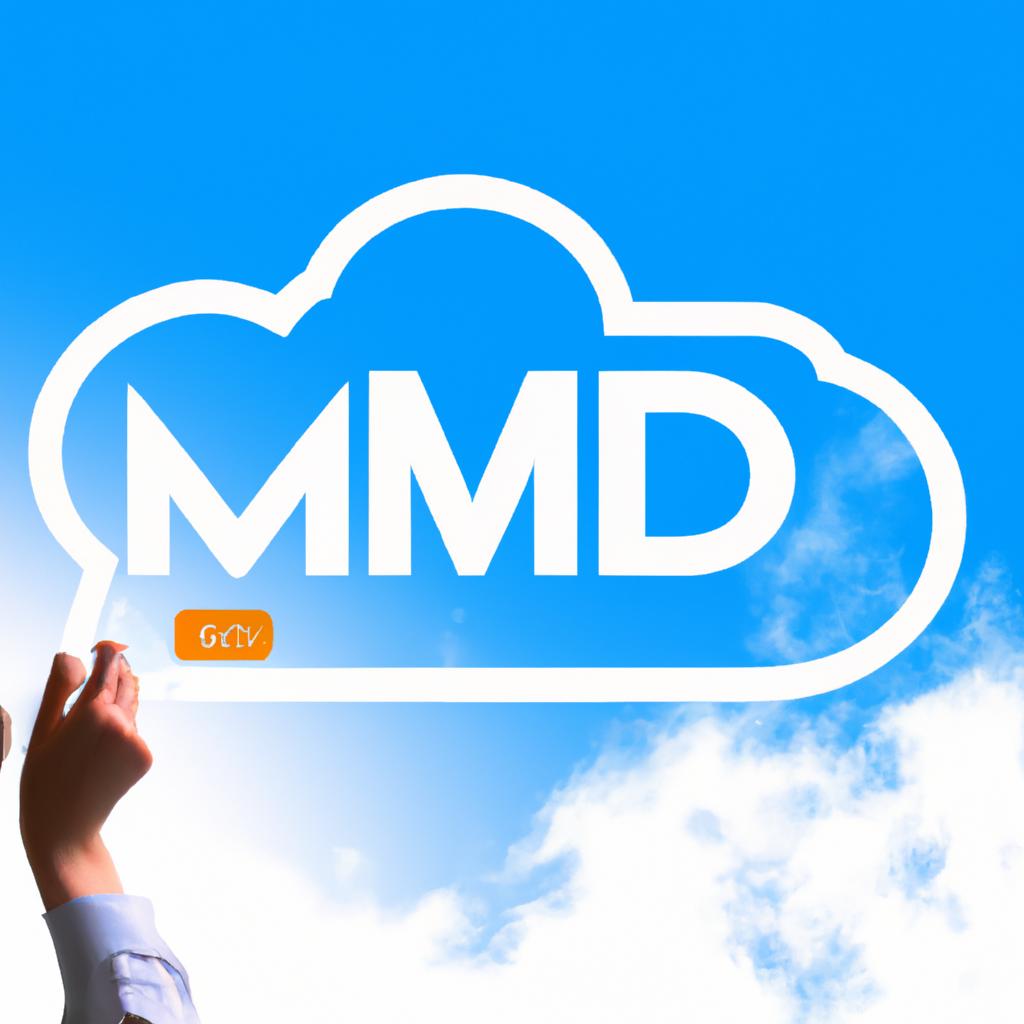Gartner Master Data Management: An Overview of the Latest Trends and Best Practices
Are you struggling to manage your organization’s data effectively? Do you find yourself spending hours sorting through data, only to find duplicates and inconsistencies? If so, you’re not alone. Many businesses face similar challenges when it comes to managing their data. That’s where Gartner Master Data Management (MDM) comes in.
Gartner MDM is a comprehensive approach to managing and organizing data across an organization. It involves creating a single, reliable source of data that can be accessed and used by multiple departments and systems. With Gartner MDM, businesses can ensure that their data is accurate, consistent, and up-to-date.
But why is Gartner MDM so important? In today’s fast-paced business world, data is king. Businesses rely on data to make informed decisions, identify trends, and gain a competitive advantage. However, without proper management, data can quickly become a liability. Inaccurate or inconsistent data can lead to incorrect decisions, wasted resources, and lost revenue.
That’s why Gartner MDM is so crucial. By implementing best practices for data governance, integration, security, and analytics, businesses can ensure that their data is accurate, reliable, and secure. Moreover, by staying up-to-date with the latest trends in Gartner MDM, businesses can continuously improve their data management practices and stay ahead of the competition.
In the next sections, we’ll take a closer look at the best practices and latest trends in Gartner MDM, as well as the tools and solutions available for businesses looking to implement Gartner MDM.
Understanding Gartner MDM

Definition and Explanation of Gartner MDM
Gartner MDM is a comprehensive approach to managing and organizing data across an organization. It involves creating a single, reliable source of data that can be accessed and used by multiple departments and systems. With Gartner MDM, businesses can ensure that their data is accurate, consistent, and up-to-date.
Gartner MDM is not a single tool or solution, but rather a set of best practices and methodologies for managing data. It involves creating a data governance framework, implementing data integration and interoperability, ensuring data security and privacy, mastering and harmonizing data, and analyzing data to gain insights.
Benefits of Gartner MDM to Businesses
Implementing Gartner MDM can have numerous benefits for businesses. By creating a single, reliable source of data, businesses can reduce the risk of errors and inconsistencies and ensure that everyone in the organization is working with the same information. This can lead to improved decision-making, increased efficiency, and reduced costs.
Moreover, Gartner MDM can help businesses achieve compliance with regulations such as GDPR and CCPA, which require businesses to protect the privacy and security of personal data. By implementing data security and privacy best practices, businesses can avoid costly fines and legal action.
Importance of Gartner MDM in Data Management
In today’s fast-paced business world, data is the lifeblood of many organizations. Businesses rely on data to make informed decisions, identify trends, and gain a competitive advantage. However, without proper management, data can quickly become a liability. Inaccurate or inconsistent data can lead to incorrect decisions, wasted resources, and lost revenue.
That’s why Gartner MDM is so important. By implementing best practices for data governance, integration, security, and analytics, businesses can ensure that their data is accurate, reliable, and secure. Moreover, by staying up-to-date with the latest trends in Gartner MDM, businesses can continuously improve their data management practices and stay ahead of the competition.
Best Practices for Gartner MDM

When it comes to implementing Gartner MDM, there are several best practices that businesses should follow to ensure success. These include:
Data Governance and Quality
Data governance is the process of managing the availability, usability, integrity, and security of data used in an organization. By implementing data governance best practices, businesses can ensure that their data is accurate, consistent, and up-to-date. This involves defining data standards, creating data policies, and establishing data stewardship roles.
Data Integration and Interoperability
Data integration is the process of combining data from different systems and sources to create a unified view. Interoperability involves ensuring that data can be exchanged between systems in a standardized format. By implementing data integration and interoperability best practices, businesses can ensure that their data is accessible, consistent, and up-to-date.
Data Security and Privacy
Data security and privacy are critical aspects of any data management strategy. By implementing data security and privacy best practices, businesses can protect their data from unauthorized access, theft, and misuse. This involves defining data access policies, establishing data encryption standards, and implementing data privacy regulations.
Data Mastering and Harmonization
Data mastering is the process of identifying and eliminating duplicate or inconsistent data. Harmonization involves ensuring that data is consistent across different systems and sources. By implementing data mastering and harmonization best practices, businesses can ensure that their data is accurate, consistent, and up-to-date.
Data Analytics and Insights
Data analytics and insights involve using data to gain insights into business operations, identify trends, and make informed decisions. By implementing data analytics and insights best practices, businesses can gain a competitive advantage and improve their overall performance. This involves implementing data visualization tools, creating data dashboards, and establishing data analytics processes.
By following these best practices, businesses can ensure that their Gartner MDM implementation is successful and effective. In the next sections, we’ll explore the latest trends in Gartner MDM and the tools and solutions available for businesses looking to implement Gartner MDM.
Latest Trends in Gartner MDM
As technology continues to evolve, so do the trends in Gartner MDM. Here are some of the latest trends that businesses should be aware of:
Cloud-Based MDM
Cloud-based MDM refers to the use of cloud computing technology to manage master data. With cloud-based MDM, businesses can store and access data from anywhere, at any time, without the need for on-premise servers. Cloud-based MDM also offers scalability, flexibility, and cost-effectiveness, making it an attractive option for businesses of all sizes.
Artificial Intelligence and Machine Learning
Artificial intelligence (AI) and machine learning (ML) are revolutionizing the way businesses manage their data. With AI and ML, businesses can automate data management tasks, such as data cleansing and deduplication, and gain valuable insights from their data. AI and ML can also help businesses predict future trends and identify opportunities for growth.
Blockchain Technology
Blockchain technology is a distributed ledger technology that enables secure and transparent transactions without the need for intermediaries. In the context of Gartner MDM, blockchain technology can help businesses create a single, trusted source of data that can be accessed and verified by multiple parties. Blockchain technology can also help businesses ensure the integrity and security of their data.
Internet of Things (IoT)
The Internet of Things (IoT) refers to the network of physical devices, vehicles, and other objects that are embedded with sensors, software, and connectivity. In the context of Gartner MDM, IoT can help businesses collect and manage data from a variety of sources, including sensors and devices. This can help businesses gain valuable insights into their operations and improve their decision-making processes.
Big Data Analytics
Big data analytics refers to the use of advanced analytics techniques to analyze large and complex data sets. In the context of Gartner MDM, big data analytics can help businesses gain insights into their data that would be impossible to obtain with traditional analytics methods. Big data analytics can also help businesses identify patterns and trends in their data and make better decisions based on those insights.
Incorporating these latest trends in Gartner MDM can help businesses improve their data management practices and stay ahead of the competition. However, it’s important to choose the trends that are most relevant to your business and implement them in a way that aligns with your data management strategy.
Gartner MDM Tools and Solutions
As the importance of Gartner MDM continues to grow, so does the availability of tools and solutions to help businesses implement it effectively. In this section, we’ll take a closer look at some of the most popular Gartner MDM tools and solutions, as well as the factors to consider when choosing the right one for your organization.
Overview of Gartner MDM Tools and Solutions
Gartner MDM tools and solutions are designed to help businesses manage their data more effectively by providing a centralized platform for data governance, integration, quality, and analytics. Some of the most popular Gartner MDM tools and solutions include:
-
Informatica MDM: Informatica MDM is a comprehensive platform that offers data integration, data quality, and data governance capabilities. It also provides support for multiple data domains, including customer, product, and supplier data.
-
IBM InfoSphere MDM: IBM InfoSphere MDM is a scalable platform that offers data governance, data quality, and data integration capabilities. It also provides support for multiple data domains, including customer, product, and supplier data.
-
SAP Master Data Governance: SAP Master Data Governance is a cloud-based platform that offers data governance, data quality, and data integration capabilities. It also provides support for multiple data domains, including customer, product, and supplier data.
Comparison of Gartner MDM Tools and Solutions
When choosing a Gartner MDM tool or solution, it’s essential to consider your organization’s specific needs and requirements. Some factors to consider include:
-
Scalability: Does the platform offer the scalability you need to manage your organization’s data effectively?
-
Data domains: Does the platform provide support for the data domains that are most important to your organization?
-
Integration: Can the platform integrate with your organization’s existing systems and processes?
-
Data quality: Does the platform provide robust data quality capabilities to ensure the accuracy and consistency of your organization’s data?
Factors to Consider When Choosing Gartner MDM Tools and Solutions
In addition to the factors mentioned above, there are several other factors to consider when choosing the right Gartner MDM tool or solution for your organization. These include:
-
Ease of use: Is the platform easy to use and navigate, or will it require extensive training for your team?
-
Cost: What is the total cost of ownership for the platform, including implementation, licensing, and ongoing maintenance and support?
-
Vendor support: Does the vendor provide robust support and resources to help you get the most out of the platform?
By considering these factors and choosing the right Gartner MDM tool or solution for your organization, you can ensure that your data management practices are effective, efficient, and up-to-date.

Comments are closed.